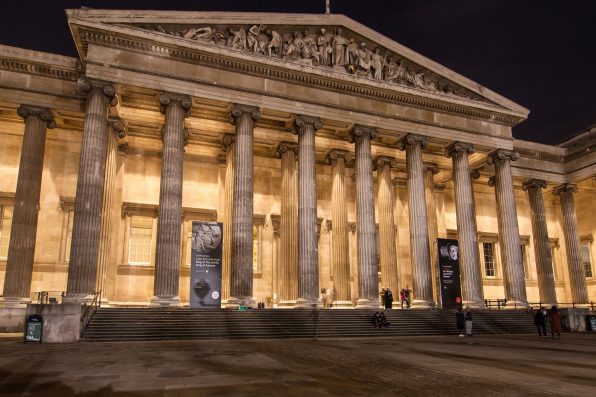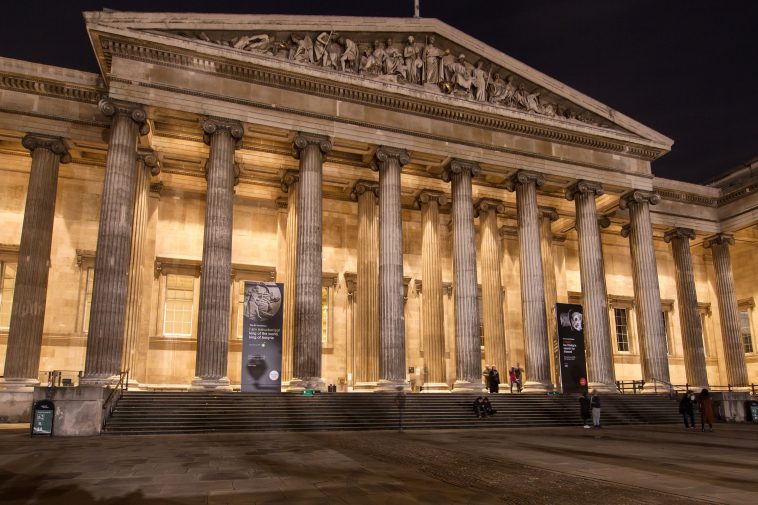Since 1759, the British Museum has been open to the public. At some point during its 265 years, a colony of cats took over and eventually ended up being employed by the museum, thanks to some human staff members.
According to The New York Times, cats have officially worked as mousers at the British Museum since at least the 19th century.
At the museum, a letter that dates to 1868 stated that each cat was paid 1.5 pence per day for keeping mice out. They also received healthcare, lodging, and food. But how did cats come to be on the museum’s payroll?
Cats weren’t always valued members of the staff. After World War Two, dozens of stray cats infiltrated the museum, causing a nuisance for years.
Following the war, many pet cats became homeless and roamed the streets in groups in order to survive. By 1960, an entire gang of them had sought refuge in the British Museum.
They were mean, smelly, dirty, and disease-ridden. They attacked employees and birthed kittens in various places. For 15 years, the museum struggled to manage its cat infestation, but when the population climbed to 100, the British government decided that extermination would be the only effective solution.
However, some of the museum’s staff members had another strategy in mind. They suggested capturing the cats to have them spayed and deloused. Then, the felines could be placed in new homes. Once the plan was put into action, the number of cats in the museum shrunk to six in just a few months.
In the late 1970s, a cleaner at the British Museum named Rex Shepherd created the Cat Welfare Society, which other staff members joined. The group was dedicated to making sure that cats in the museum were treated humanely.
They provided the museum cats with feeding areas, visits to the veterinarian, and a shelter that was separate from the museum’s artifacts. They even got the cats on a payroll funded by donations.

Sign up for Chip Chick’s newsletter and get stories like this delivered to your inbox.


